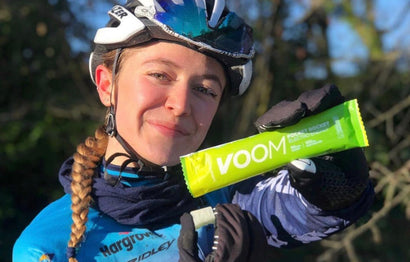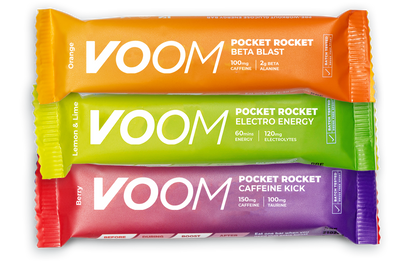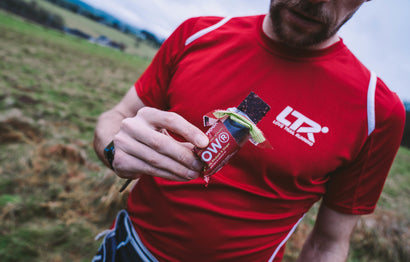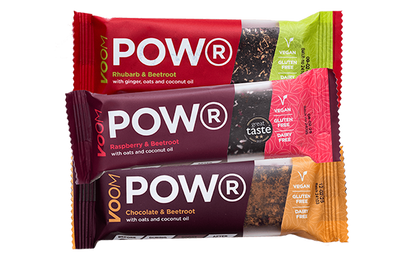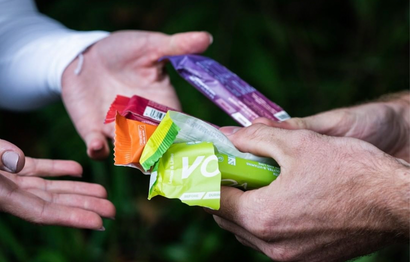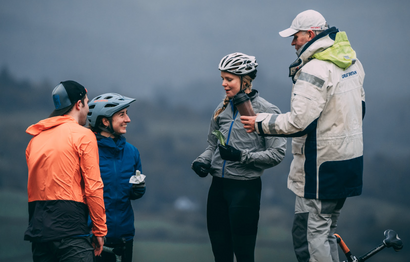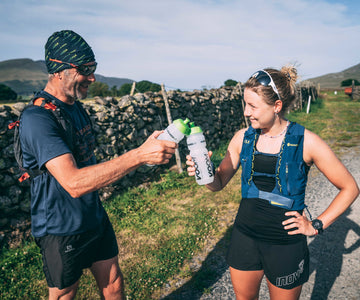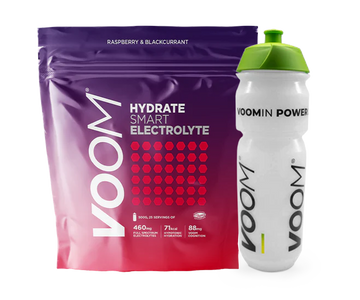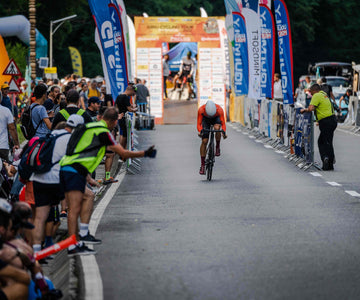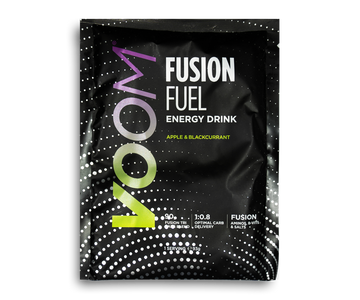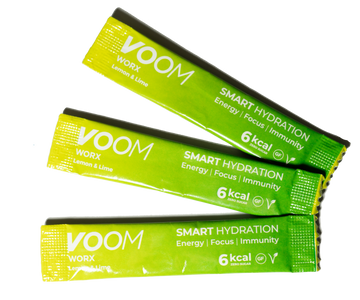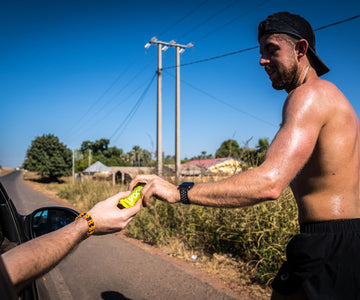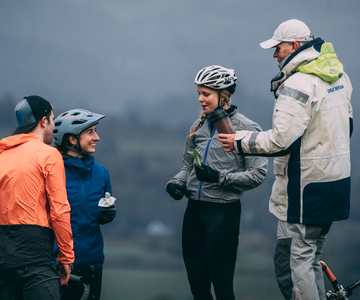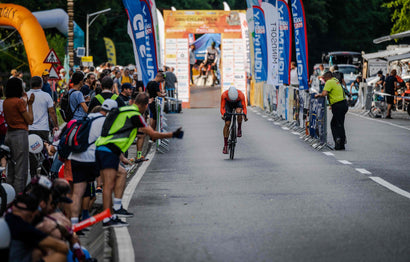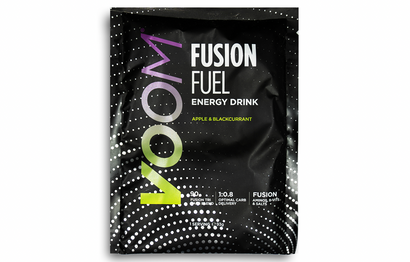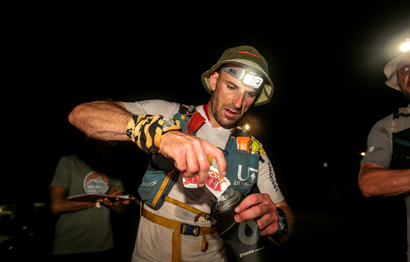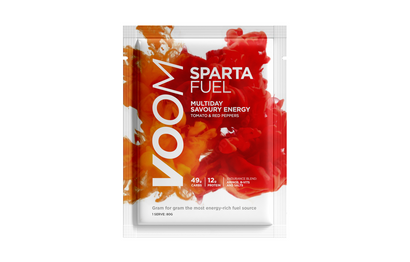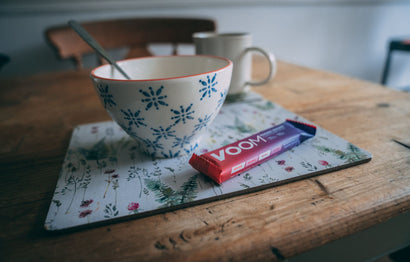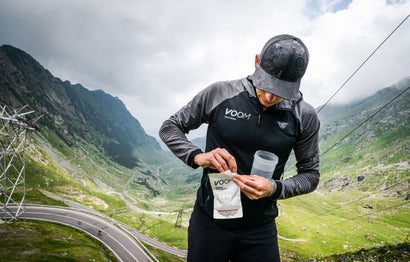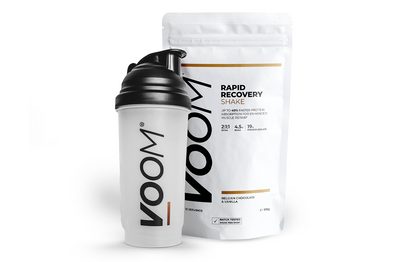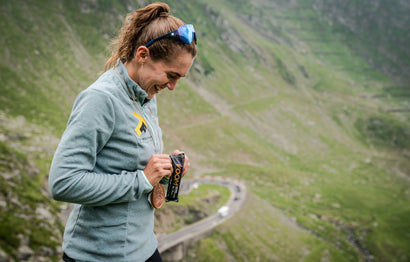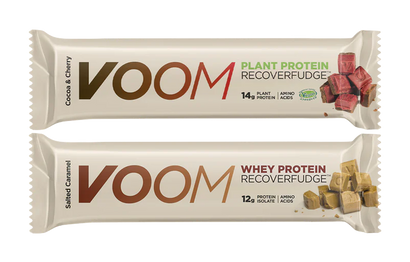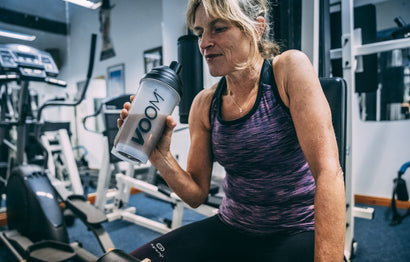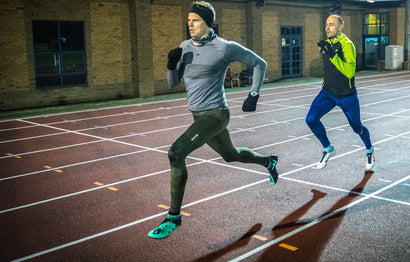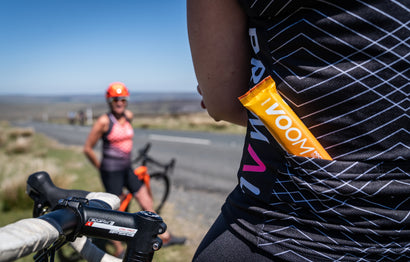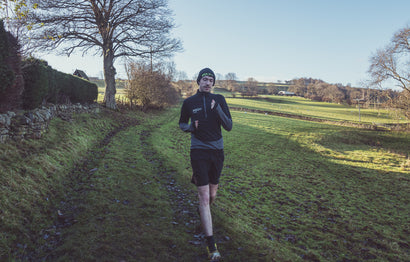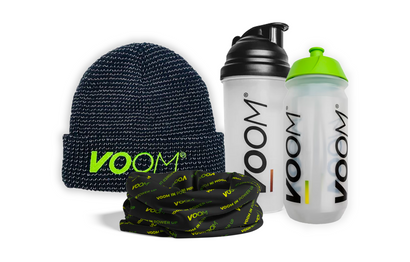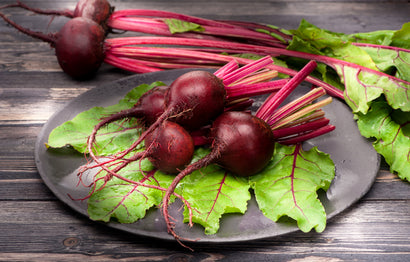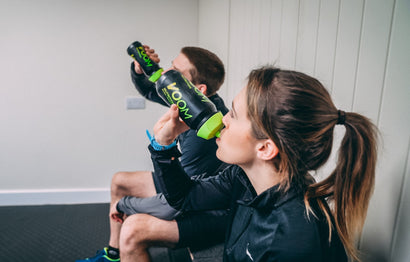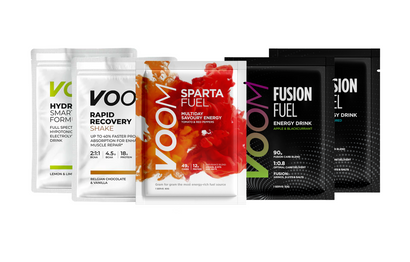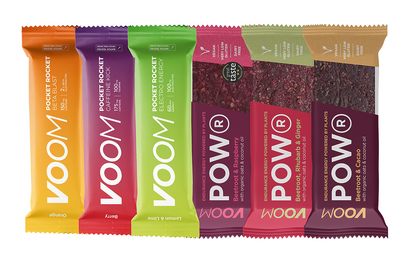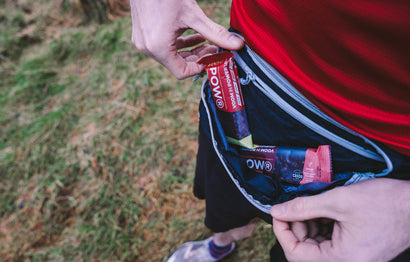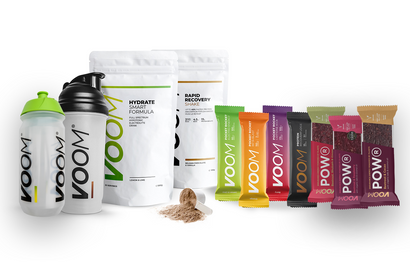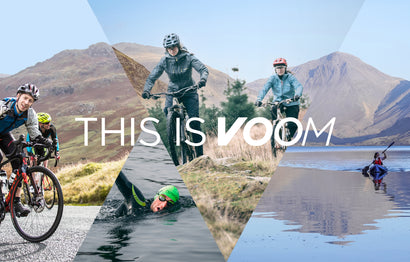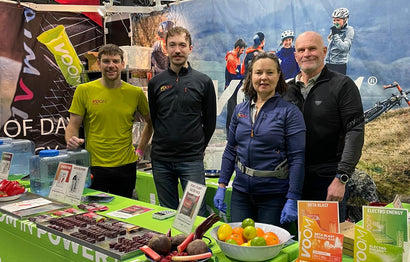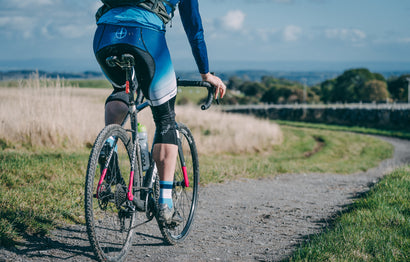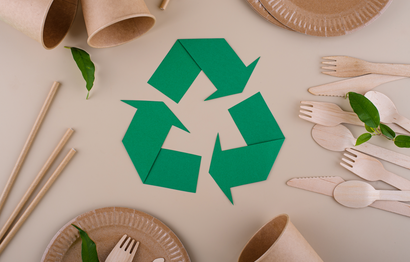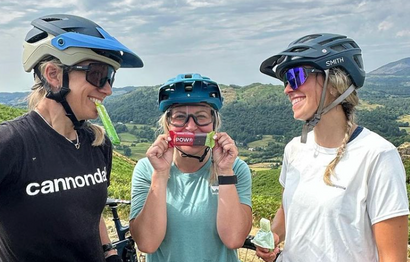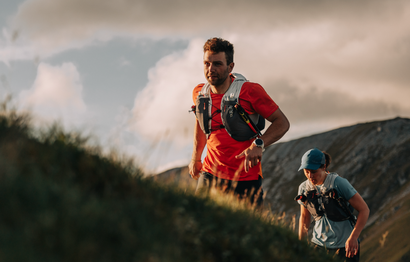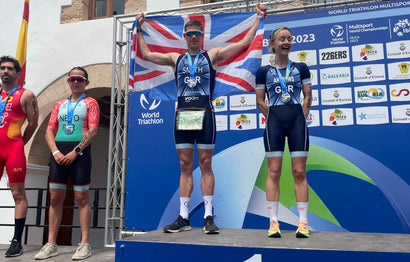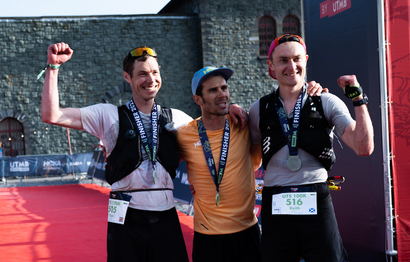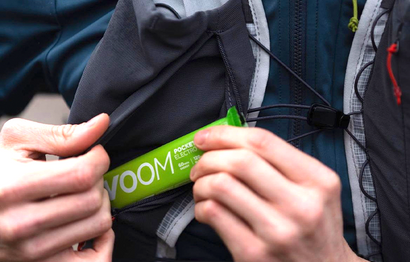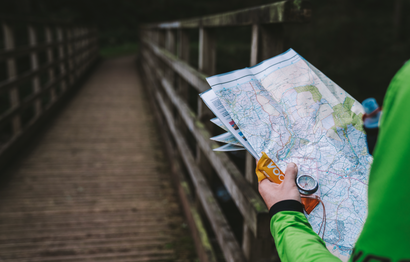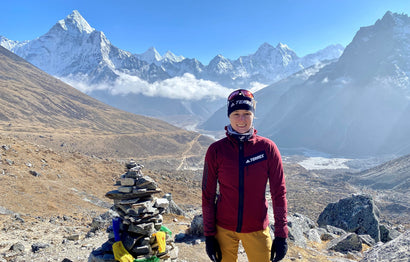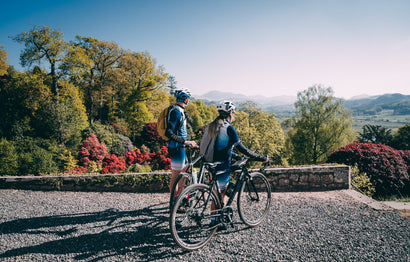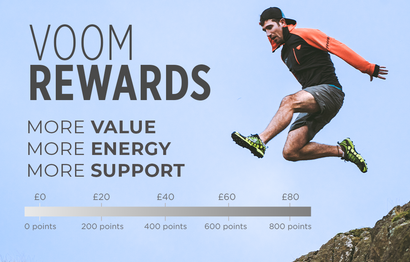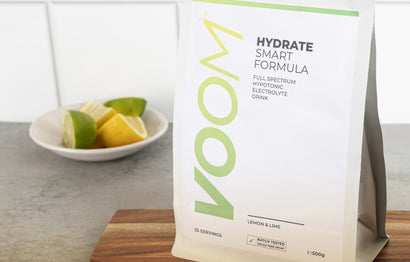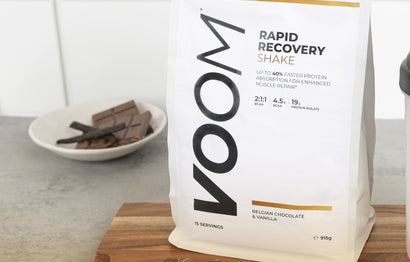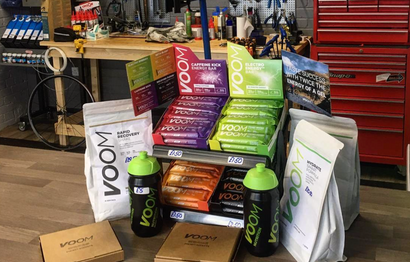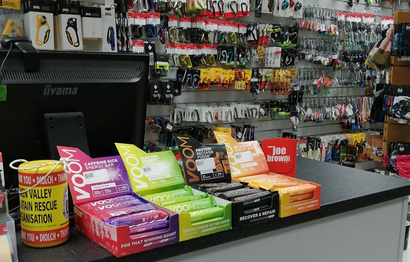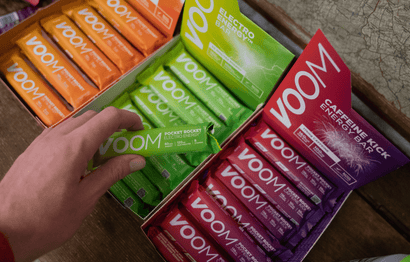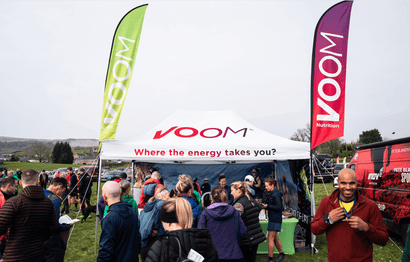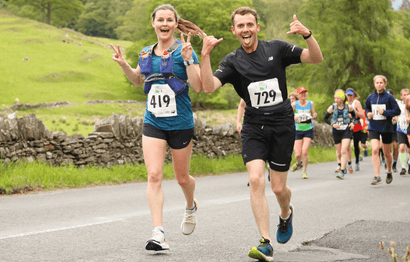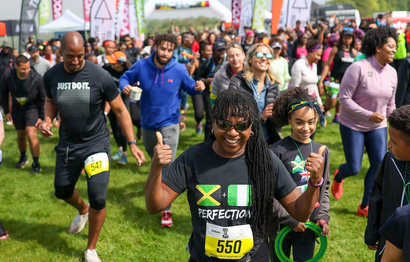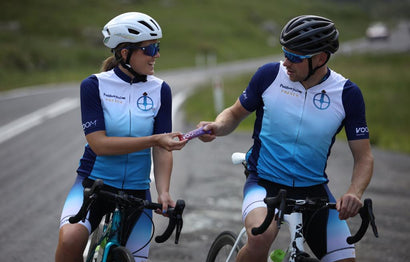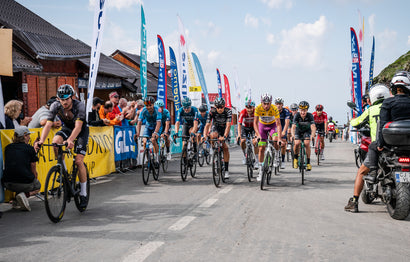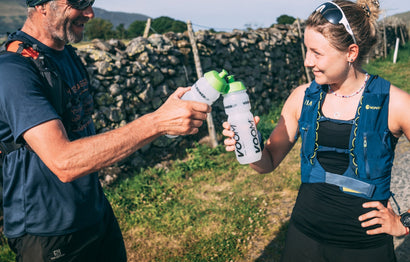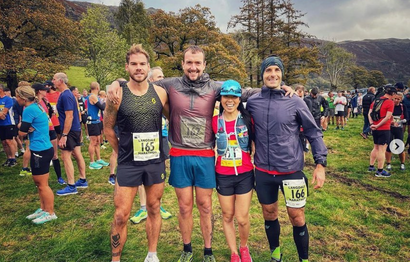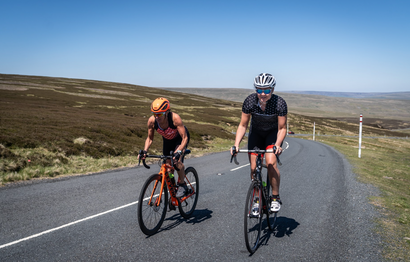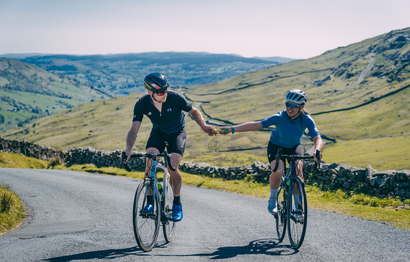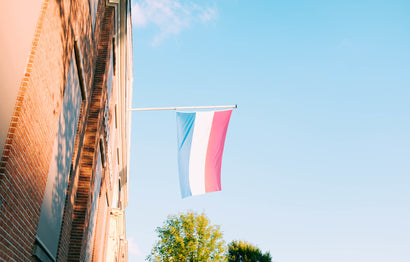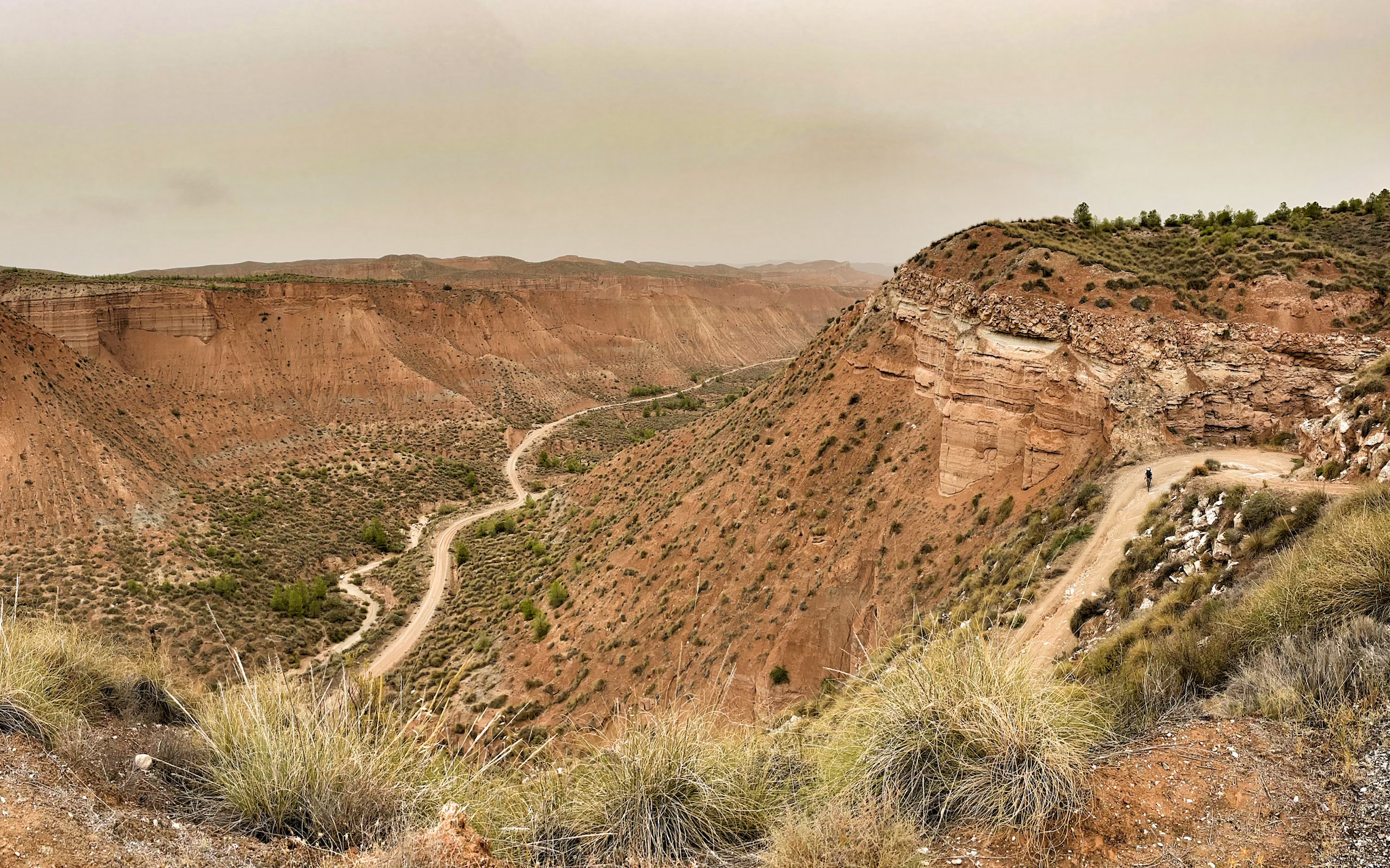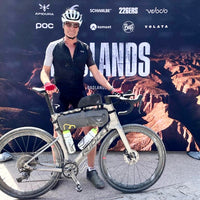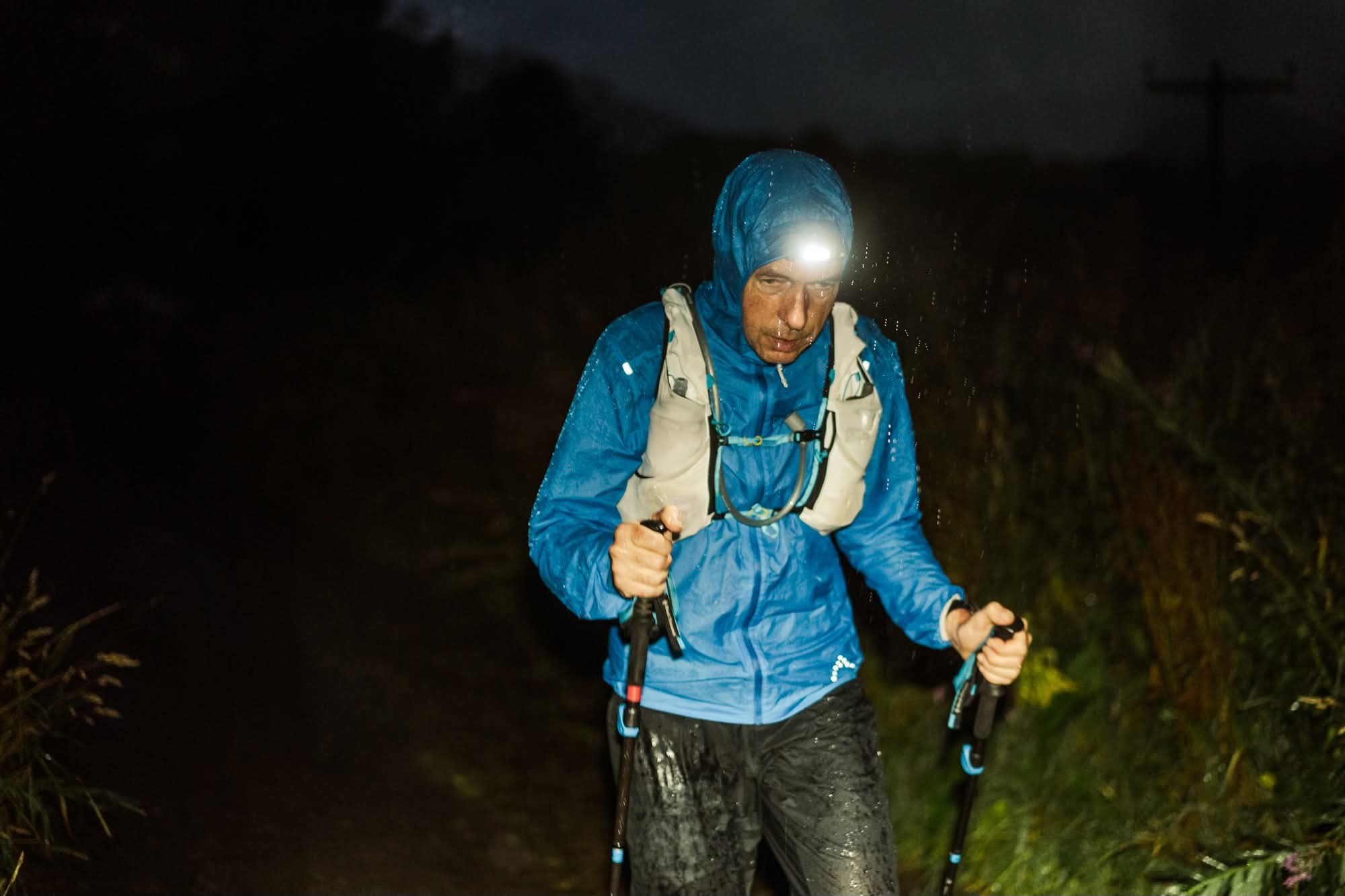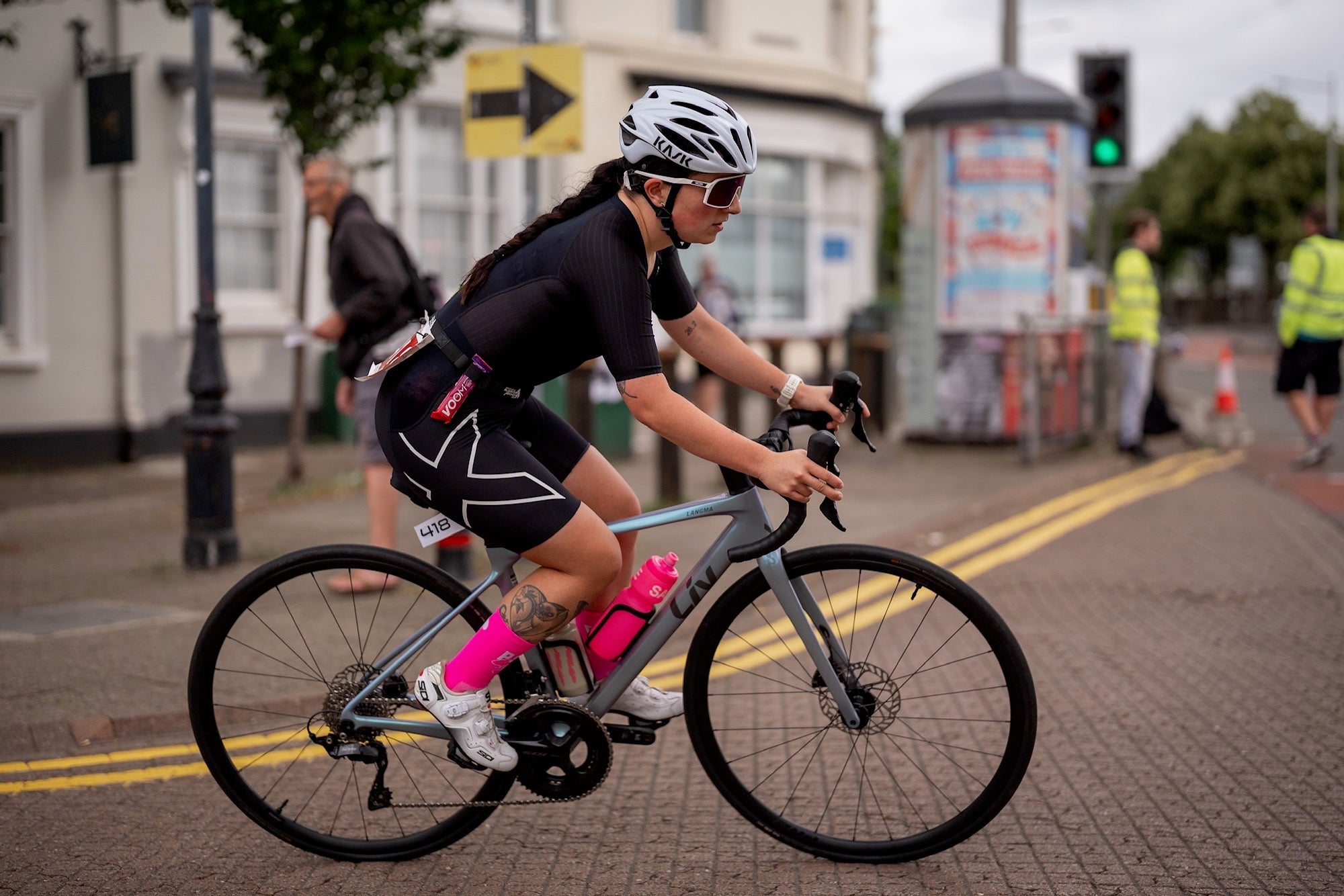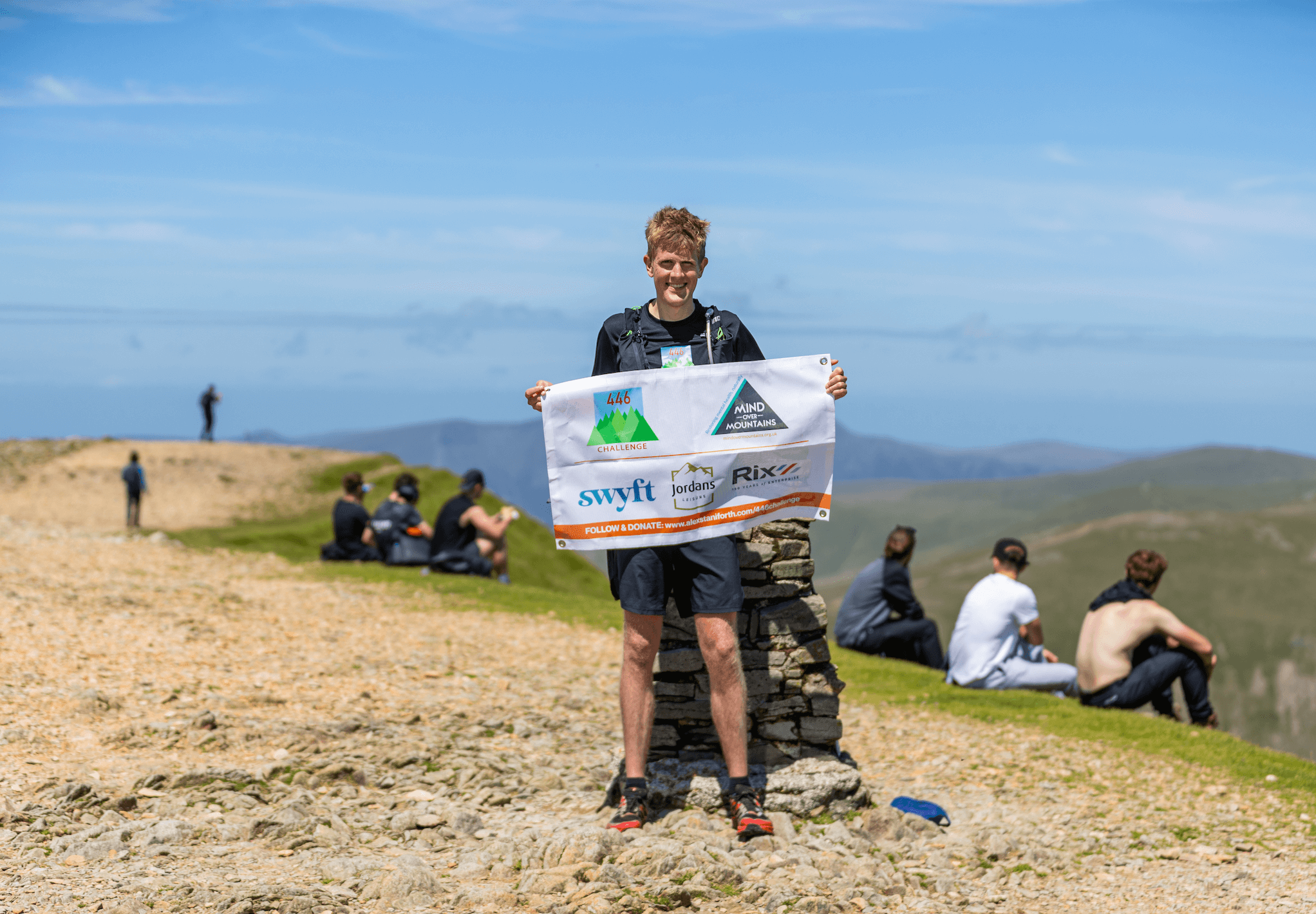A total of 317 riders, from 33 countries took part in Badlands 2023. A 750km route with 15,000m of elevation gain, crossing the only official deserts of Europe and finishing at the village of Capileira, located at the southern side of the Sierra Nevada, Spain.
Ultra distance gravel racing is new to James; Badlands was actually his first full ultra distance race. Entries opened at the end of ’22, massively oversubscribed with approximately 1700 applicants hopeful of places, which was then reduced to just over 300 via ballot, a move by the organisers to protect the extremely fragile environment that the race passes through. Successful applicants were notified early in the New Year. That gave James 9 months to prepare himself, both physically and mentally, for what lay ahead.
Here is what the 2022 race looked like:
What sort of training did you do in the lead up to the race?

My free time is spent mostly cycling or fell running, and so by large I consider myself reasonably fit for my age. I have a good base level of endurance that comfortably gets me through most weekend social rides or after work spins during the week. Like many, the hardest part of their preparation is juggling a full time physical job, family commitments and all the other stuff life chucks at you, before you even think about putting your cycling shoes on.
One thing that became apparent to me early in the year was that I was going to need to spend a lot of time in the saddle. An hour here and a couple of hours there wasn’t going to build the endurance I needed for Badlands. I was going to have to change my training plan and make some sacrifices. Riding with friends and family pretty much dropped off and evolved into riding alone, planning longer day and weekend rides on my own, going out in the evening and biking into the night, and taking every opportunity to get the hours on the saddle.
A couple of pre-entered gravel races early in the year certainly bolstered my motivation as well as highlighting the need for a lot of hard work over the coming months. Badlands is an unsupported event, meaning you have to carry everything you need in order to reach the finish line, so it was essential during training to load my bike, sometimes with as much as 7kg, to simulate what I was actually going to be hauling up those hills. Riding through the night was certainly on the agenda for Badlands, and I was keen to discover how my body reacted to ‘no sleep’.
A few long rides in Scotland and the Yorkshire Dales were a great testing ground for that. If I couldn’t get outside, the hours were spent on the turbo trainer. 9 months later, I felt as fit as I had ever felt, my weight was good and there was nothing else I could do.
What kit and bike did you take out with you?

I rode Badlands 2023 on my Ridley Kanzo Fast. GRX810 groupset 1×11 with 40T ring up front and 10-48T cassette on the back to help me up those long climbs. Fulcrum Racing Wind wheels fitted with Schwalbe G One Bite 45mm tyres set up tubeless. For riding into the night I used Exposure Lights front and back, with external battery packs for charging on the move.
BAGS: Tailfin Aeropack on the back to carry my lightweight sleep system, a bivvy, mat, sleepingbag liner etc. and extra bars and gels, a Tailfin top tube bag for phone, cables, sun cream etc. and an Apidura Frame pack plus Hydration Bladder for tools, toiletries and more nutrition! With the bladder and bottles I could carry 3.5L of water into the desert.
I used the Garmin 1040 Solar to keep me on track, I hopes it wouldn’t need much charging and maybe even talk to me occasionally as I biked through the night on my own!

What was your game plan going into the race?
Before leaving the UK for Granada, I certainly had a simple game plan in my mind, 200k a day, averaging 10kph, 4 hours sleep and that would get me to the end in a very respectable 4 days. Ride my own race and don’t get drawn into anything beyond my own capabilities, especially at the start. Badlands is a long race and certainly won’t be won or lost on the first hill! I was there to ‘complete’ rather than ‘compete’. As one of the oldest riders in the field, this was going to be a game of attrition. That was my game plan, that’s what I had rehearsed for. If only life was so simple. Mother Nature was about to mess up the best made plans.

For an area that receives less than 30mm of rainfall annually, we were now in the path a huge storm, scheduled to arrive on race day, bringing with it potential flash floods, strong winds and a significant drop in temperature. A last minute change to the route, to avoid some river beds and some other hazardous areas instilled an air of uncertainty amongst the riders, route notes became redundant. It was time for Plan B, if there even was a Plan B. Badlands had just been re-branded as WorseLands!
What were the biggest challenges and how did you take them on?

Initially it was certainly the weather. Heavy rain on gritty trails was causing problems with the bike, the temperature, the ground conditions, and my anatomy. I hadn’t anticipated a long first day in the saddle wearing wet clothes. Day 1 also included a loop through the Gorafe desert, a remote, wild and isolated place with little or no access to water or food. It can also get extremely hot in normal years. I rode most of this section through the night, and got my first taste of the Badlands. I was very much on my own. The solitude, the vulnerability, the sheer scale of the place was quite overwhelming. I rode 280km the first day before deciding to stop in a small village, re-fuel and take a short power sleep on a picnic table just outside the desert.

Two hours later I was back on my bike. 4am. It started with a massive climb to the highest point of the course, the Calar Alto Observatory, at 2168m, which in the early hours was rather chilly and very windy. Not a place to get a mechanical. After a long descent on the other side however, the temperature started to soar well up into 40’s. As we approached the most isolated and remote area of the route, a section of about 150km with no food, villages or any kind of services and the Tabernas desert I was certainly beginning to feel it in my body. Saddle sores were a major issue. Relentless climb after climb, little to no shade anywhere and an ever tiring body.

By the second half of the day, the temperature was beginning to take its toll. I was vomiting and unable to keep anything down, my feet and hands were getting blisters, everything in my head was echoing. It wasn’t until I literally fell asleep on my bike and veered off the track that I decided to stop. I was so close to scratching at that point. A 45 minute power nap was enough to lower my heart rate, regain my composure and push on. Just keep moving forward I kept telling myself. As day became night, the riding conditions improved. With nearly another 300km in the bag, I had reached the coast. A tedious and unforgiving 2km push along the beach in deep sand, in the small hours of the night got me to the town Almeria. I was ahead of schedule, but there was very little left in the tank.
Three hours later I left Almeria. I had changed my bib shorts and jersey, re-charged my lights and eaten some food. It was 4am. With 200km to go, the finish was getting closer and closer, but between us was 6000m of climbing. Another sublime sunrise lifted my spirits as I began day three. Brutal climb after climb took me from the coast back up into the mountains of Sierra de Gador wearing me down with every turn of the pedal. Sustained climbs of over 20% went on and on, the kilometres passing by so slowly, my average speed dropping slower and slower. Was I ever going to reach the finish?
By late afternoon I had reached the foothills of La Alpujarra, on the southern slopes of the Sierra Nevada. This was definitely one of the toughest sections of the route, with an elevation gain of 2600m in just 80km. The tank was empty. I sat on the side of the road, my head in my hands, wondering where I could pull the reserves from to get me to the end. A lady came out of her house, with a tray and put it down beside me. A jug of water, a ham and cheese sandwich and a bag of crisps. I struggled to find the words to thank her. Without being to melodramatic, I think that ham and cheese sandwich quite literally saved my life.
How did you fuel your race?

My strategy for fuelling the race was simple. Carry as much carbohydrates and salts as my bag set up would allow. I think I ended up with about 1800g of carbs on board, made up from Fusion Fuel sachets, Pocket Rockets, Hydrate Smart, and for variety, mixed that with some other high carb bars and gels. My aim was to consume about 60g of carbs per hour and supplement that with real food when the opportunities arose. I also carried additional salt tablets. As a complete novice to ultra distance racing, I think I managed my fuel quite well. The VOOM products are easy to consume and I found the unflavoured Fusion Fuel products a welcome change from other overly sweet and sticky drinks. Boccadillos were a staple part of my diet.
What were your favourite parts or aspects of the race?

The thing that drew me to Badlands in the first place was the diversity of the landscape. In parts it is quite literally breath taking, and nothing like I have ever seen before, anywhere. The transition from the stunning pine forests of Sierra de Huetor, the deserts of Gorafe and Tabernas, the wild coasts of Cabo de Gata and the steep climbs of La Alpujarra, finishing in the shadow of the highest Col in Europe, Pico Veleta (3396m) make this an exceptionally special route without doubt.

But more than the incredible night rides, the reviving sunrises, the lovely little mountain villages, water fountains gushing life saving refreshment, the camaraderie between riders and locals, the insanely steep, unrelenting climbs, the pain, the saddle sores, the feeling of complete brokenness, the elation of reaching the finish line. More than all of that, was the personal journey. I entered Badlands because I wanted to test myself, discover what I was capable of, what my body could endure and how far I was prepared to push myself passed that point. This was the hardest thing I have ever done in my life. When I crossed the finish line, I was physically, mentally and emotionally exhausted. Badlands had delivered on all levels and everything I was hoping for.
750km, 15,000m elevation, 63hrs 26mins, 54th position.
For anyone looking to race Badlands, what would your three top tips be?
- Get as many gears as your bike set up will allow, I guarantee you will need every single one of them, and know your bike inside out, there are no bike shops
- Fill up with water at every opportunity, re-supply points can be a long way apart
- Try to look up now and then. The amazing landscape you are travelling through will help take your mind off the pain.


